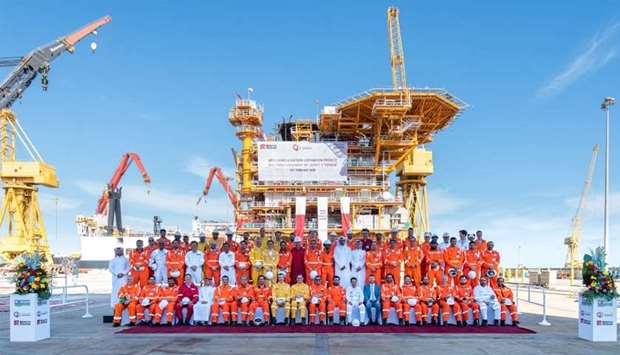Europe’s top economies falter as new virus clouds outlook

Tumbling industrial production in Germany and France in December rounded off a year blighted by trade war tensions for Europe’s top economies, official data showed Friday, while the novel coronavirus outbreak threatens hopes of a 2020 revival. Growth in both nations sputtered in 2019, with output actually shrinking for Germany in the April-June quarter and for France in October-December.
German growth overall slowed from 1.5 percent in 2018 to just 0.6 percent in 2019, according to preliminary data, while France did better but still slipped from 1.7 to 1.2 percent.
In December, manufacturing output was down 3.5 percent month-on-month in Germany and off 2.8 percent in its western neighbour.
In Germany, “there are very few positive elements to find in the December industrial data,” ING bank economist Carsten Brzeski said, adding that the figures point to Europe’s top economy having shrunk in the fourth quarter.
In the final months of last year, there was still widespread uncertainty about whether the US and China would bury the trade hatchet, after months of tough negotiations and tit-for-tat tariffs.
Figures released Friday showed Germany’s trade surplus — the amount exports outweigh imports — shrank slightly from 228 billion euros ($250 billion) in 2018 to 224 billion euros in 2019.
The US and China last month signed a “phase one” trade pact, designed to ease the commercial tensions whose knock-on effects last year battered European manufacturers. Meanwhile Britain’s departure from the European Union — pushing the risk of a fresh “no deal” cliff-edge back to December — also helped brighten the mood.
More positive “soft” indicators like German business sentiment surveys in Germany have prompted some analysts to see clearer skies ahead for manufacturers.
Despite December’s data, “forward-looking indicators continue to point to a modest cyclical rebound in the near term,” said Frederik Ducrozet, strategist at Pictet Wealth Management.
With Brexit and trade tensions less prominent for now, two of the main risks to growth cited by institutions like the European Central Bank have ebbed. Against that backdrop, “the coronavirus comes at a particularly bad moment,” BNP Paribas analyst William de Vijlder said.
“The global economy was showing tentative signs of a growth pick-up and, in all likelihood, this momentum will now be stopped or even reversed”.
Global efforts to contain the coronavirus will likely brake activity at companies around the world for whom China is a vital link in global supply chains — including Germany’s massive car industry.
Given that, “we doubt this will be the last of the run of negative quarters,” said analyst Andrew Kenningham of Capital Economics.
There is also little prospect that the ECB will step in to shore up growth by further opening the money sluices, analysts said.
Policymakers are already divided over its unprecedented low and negative interest rates and “quantitative easing” (QE) bond-buying scheme, and the bank has just kicked off a year-long rethink of its strategy and goals.
Low rates and meagre inflation have “significantly reduced the scope for the ECB and other central banks worldwide to ease monetary policy,” ECB president Christine Lagarde told European Parliament lawmakers in Brussels Thursday.
Instead, governments should use tax and spending changes to buttress their economies where they can, she said.
In the ECB’s assessment of the eurozone economy, “the balance of risks to the outlook will likely remain tilted to the downside until the effects of the coronavirus are better known,” Pictet economist Ducrozet said.
That “may prompt a more cautious tone from the ECB” when policymakers meet next month, he added.








